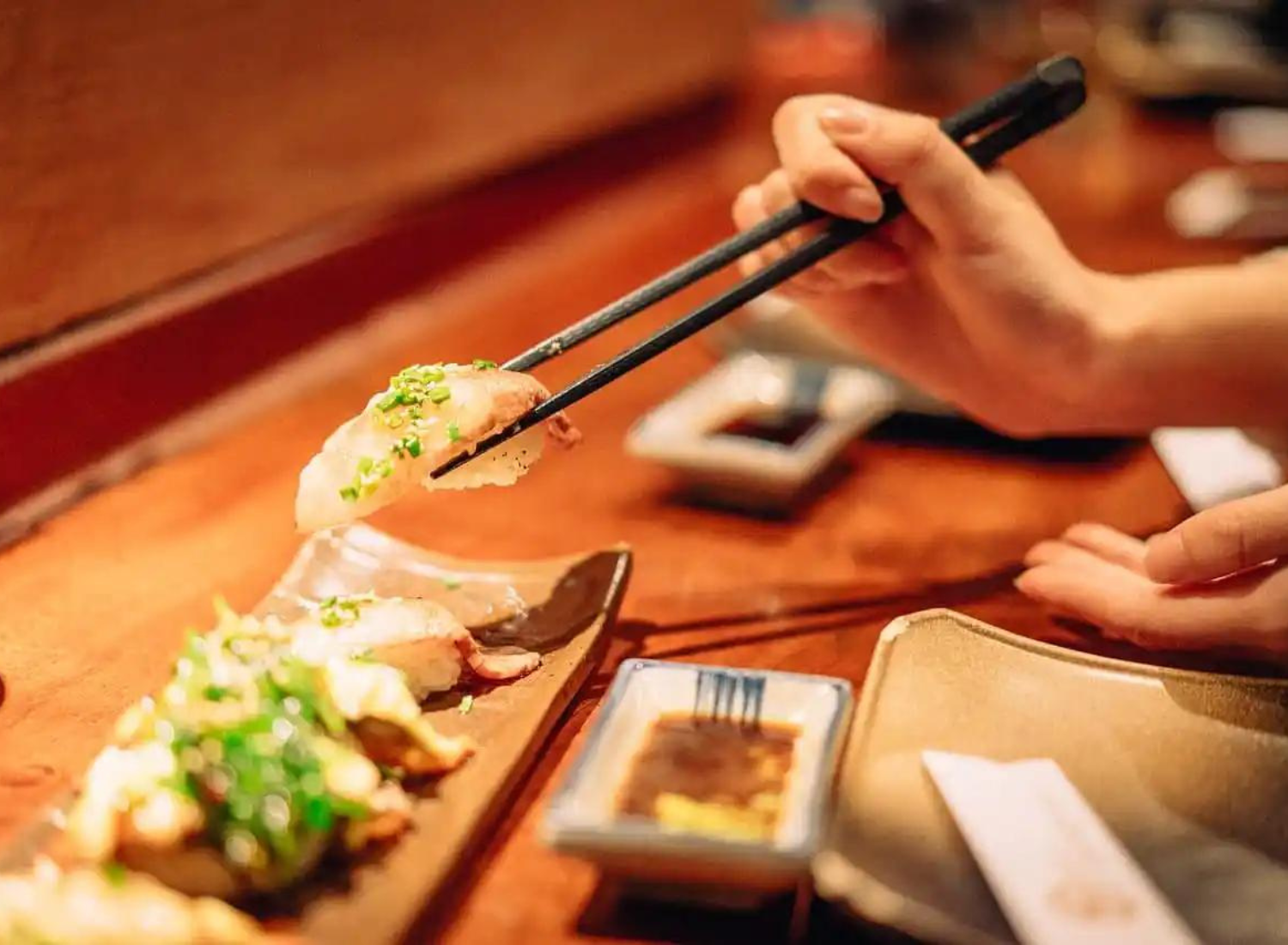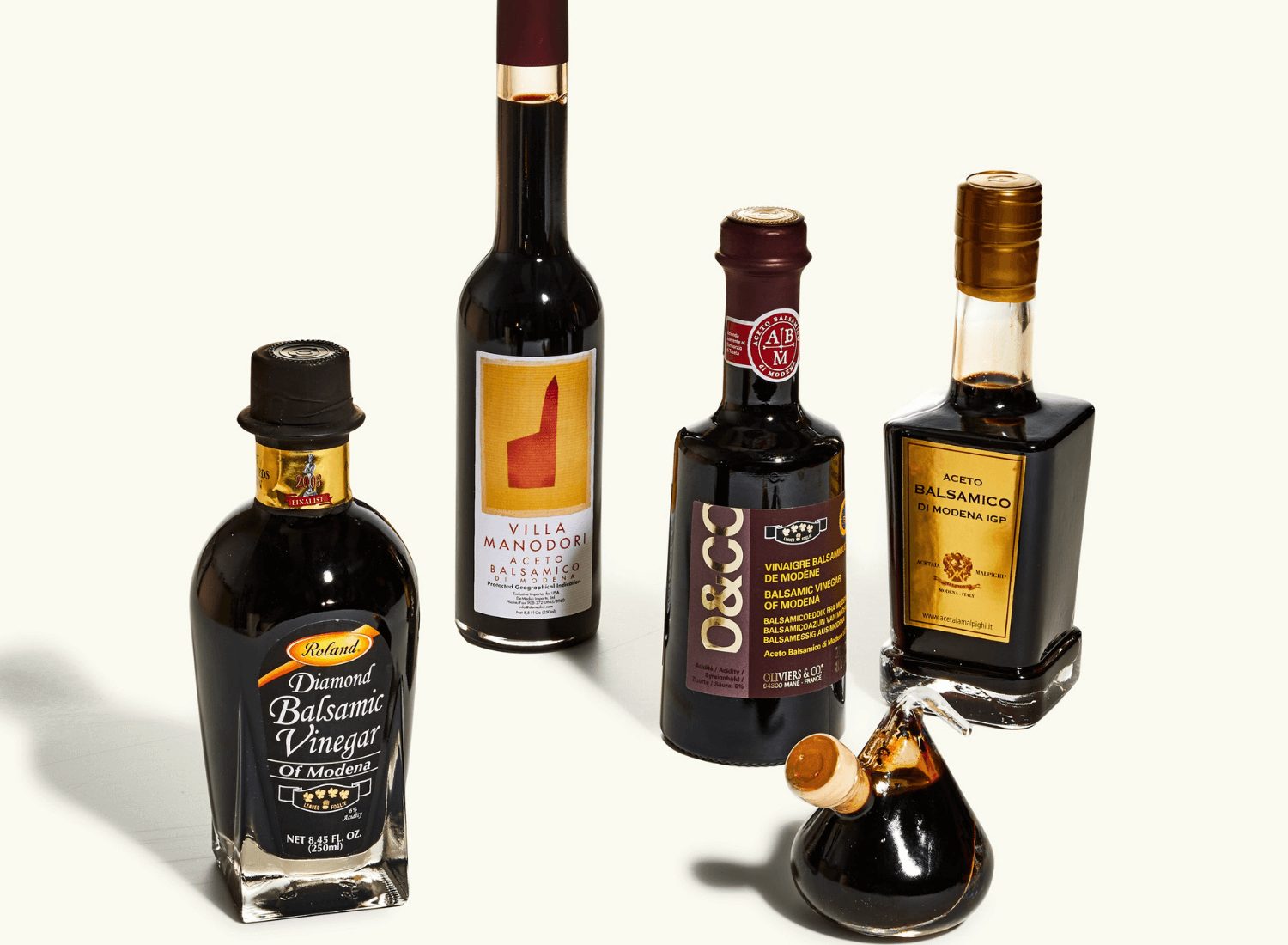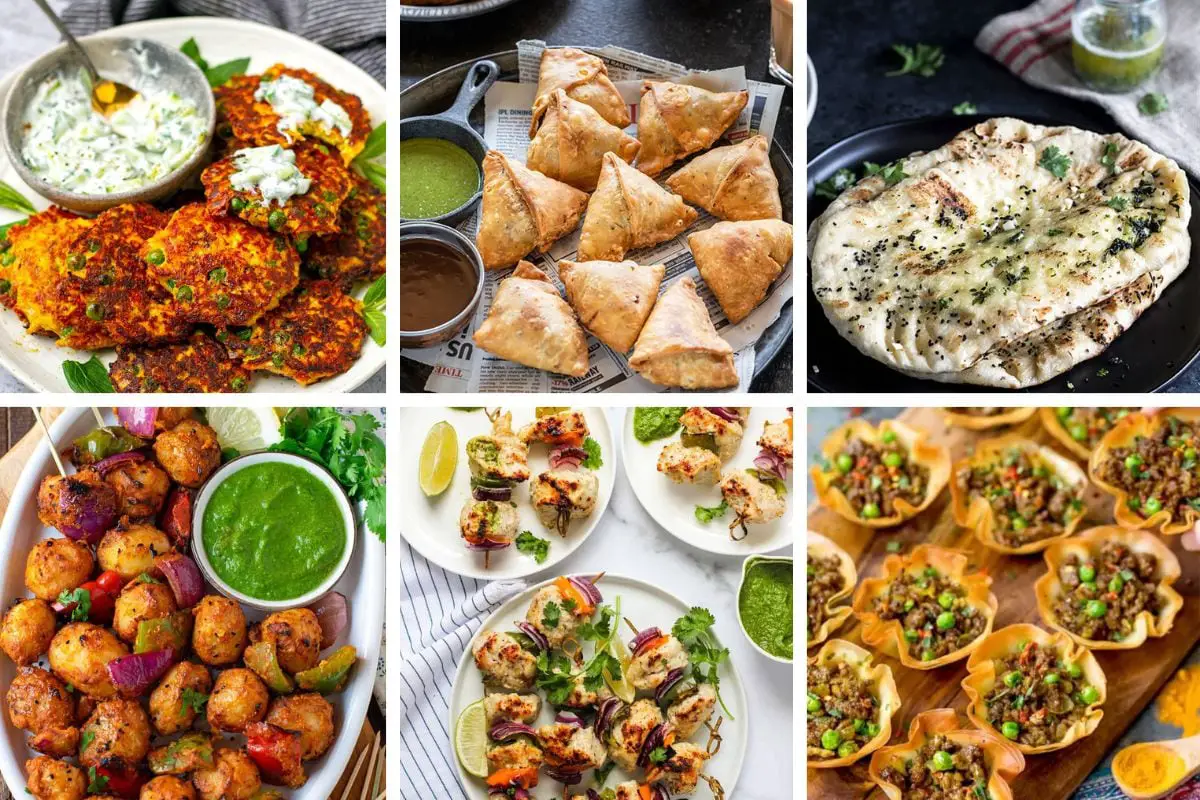Japan is undoubtedly one of the world’s best culinary countries. One of the major draws for tourists to Japan is the cuisine. From quick snacks from street vendors to opulent meals created for monarchs and traditional dinners made by spry elders who presided over the kitchen for decades, Japan has it all. Consider the following dining events to make the most of your trip to Japan:
16 Must-Have Food Experiences in Japan
1. Kaiseki cuisine
The cuisine and culture are combined in this Japanese eating experience. Kaiseki cuisine, or Japanese haute cuisine, is a multi-course meal made up of a variety of delicate dishes that are expertly and creatively prepared by top cooks throughout Japan. Kaiseki cuisine can take many different forms, depending on the chef’s philosophies and cooking techniques, but you can always rely on a variety of exquisitely presented dishes, such as sashimi, pickled vegetables, miso soup, and hot pots, being served in an opulent setting, such as a ryokan’s private dining room, a Japanese garden, or a five-star hotel like Palace Hotel Tokyo’s Wadakura.
2. Go on a fruit picking adventure
Picking fruit might not come to mind when you think of Japanese culinary experiences, but Japan’s farms present a wonderful chance to sample some of the most flavorful fresh fruits in the world. Apples, stone fruit, cherries, and grapes are all readily available, despite the fact that strawberries are the most popular fruit in the nation.
3. Grab an ekiben to go
There are many intriguing aspects to riding a Japanese bullet train. Along with the exhilaration of travelling at speeds of over 300 km/h, the fabled bento boxes seen in railway stations are an essential part of the experience. The ekiben cases are beautifully designed. Ekiben boxes contain a variety of foods, such as seafood, prawns, rice, beef, tofu, eggs, etc.
4. Experience some izakaya night moves
After a long, busy day at the workplace, locals and businesspeople gather in izakayas to unwind. In essence, an izakaya is a tavern or a pub. When attending an Izakaya, beer is often consumed along with yakitori. Going to an Izakaya for a typical, cheap dining experience is the best way to meet locals.
5. Okonomiyaki
Okonomiyaki can be compared to a pancake and pizza in some respects. Okonomiyaki is a must-eat when thinking about what Japanese cuisine to eat because it is delicious! It is fried in a skillet using batter and cabbage. Various garnishes and components are used, including sliced meat, shellfish, cheese, and wasabi. This variety is where it gets its name, “Okonomi,” which means “to one’s delight.”
You can find okonomiyaki in restaurants that specialise in the dish all over Japan, but it is most well-known in the west, especially in Hiroshima and Osaka, both of which have their own versions. We had very different okonomiyaki in Kyoto and Hiroshima. The Hiroshima-style Okonomiyaki includes a layer of cooked Soba noodles.
6. Yuba:
Yuba is a common regional dish in the Nikko area (north of Tokyo). The skin that forms when soybeans are used to create tofu is known as yuba. It is cut into pieces and used, among other things, in fried bean buns, sashimi, and udon dishes. To be completely honest, the flavour isn’t that amazing.
7. Yakiniku
Yakiniku, the Japanese word for barbecue, allows guests to cook their own meat and veggie slices on a plate or griddle in the middle of the table. The most common menu items at yakiniku restaurants are beef and offal, but they also serve pig and poultry.
8. Japanese Sweets
Japan produces the tiniest, most delicate, and colourful sweets. Each Japanese confection is a work of art. Green tea and desserts are commonly consumed together in Japan.
In addition, the Japanese fashion delicious little cakes in a variety of pretty forms, including birds, foliage, trees, and fish. The ubiquitous ningyo-yaki biscuit is offered in every gift store in Japan. Ningyo-yaki are shaped into various designs, such as Hello Kitty and endearing birds, using an airy dough and sweet bean paste.
9. Takoyaki
A wheat flour-based batter is used to make the Japanese snack known as takoyaki, which is then prepared in a unique moulded pan. It is usually stuffed with pickled ginger (beni shoga), green onion, tempura scraps (tenkasu), and minced or diced octopus (tako) (negi). The spheres are coated with takoyaki sauce (a Japanese condiment resembling Worcestershire sauce) and mayonnaise before being dusted with green laver (aonori) and dried bonito shavings (katsuobushi).
10. Sushi
Sushi is a traditional Japanese dish made of vinegared rice (sushi-meshi), typically with some sugar and salt, and a range of other ingredients, including frequently raw seafood and vegetables. Sushi rice, also known as shari, is the one essential component of all sushi, regardless of how it is presented.
11. Sukiyaki
A Japanese meal called sukiyaki is made and served in the nabemono (Japanese hot pot) fashion. It comprises of meat (typically thinly sliced beef), vegetables, and other components simmered slowly at the table in a shallow iron pot with a soy sauce, sugar, and mirin mixture. After being cooked in the pot, the ingredients are typically consumed after being dipped in a tiny bowl of raw, beaten eggs. Sukiyaki is typically a winter meal and is frequently served at bnenkai, or Japanese year-end gatherings.
12. Ramen Noodle Soup
Japanese noodles are used in ramen. It consists of wheat noodles prepared in the Chinese manner; common flavours are soy sauce and miso, and common garnishes include scallions, nori (dried seaweed), menma (bamboo shoots), and sliced pork (chsh). Noodle meals from China are where ramen got its start. Ramen is a dish that is unique to almost every area in Japan. Examples include the tonkotsu (pork bone broth) ramen from Kyushu and the miso ramen from Hokkaido.
13. Tempura
A traditional Japanese meal called tempura typically consists of battered and deep-fried seafood, meat, and vegetables. Using fritter-cooking methods, the Portuguese brought the delicacy to Nagasaki in the sixteenth century. The Latin word tempora, from which the English word tempura is derived, refers to periods of fasting during which Catholics were required to abstain from the flesh.
14. Edamame
The Japanese delicacy edamame is made from young, still-in-the-pod soybeans. The beans can be served with salt or other seasonings after being boiled or steamed. Nowadays, it has gained popularity on a global scale due to their excellent nourishment and due to health issues. Japanese speakers occasionally use the word mukimame to describe legumes that have broken free from their pods. Edamame are frequently served as a side dish in washoku and as an appetiser with intoxicating drinks like beer or schnapps. Edamame are used as an ingredient in both savoury and sweet recipes like zunda-mochi, tempura, and takikomi gohan.
15. Kobe Beef
In accordance with guidelines established by the Kobe Beef Marketing and Distribution Promotion Association, Kobe beef is Wagyu beef from Tajima strain Japanese Black cattle grown in Japan’s Hygo Prefecture. [1] Its taste, tenderness, and fatty, well-marbled texture make the flesh a delicacy. The following dishes can be made with kobe beef: sirloin, sukiyaki, shabu-shabu, sashimi, and teppanyaki. As one of “the three major beefs,” also known as Sandai Wagyu, Matsusaka beef, mi beef, or Yonezawa beef, Kobe beef is typically regarded as one of the top three brands.
16. Katsu curry
Tonkatsu, a pork cutlet, is eaten with a portion of Japanese rice and curry in the Japanese dish known as katsu curry. It is served on a sizable plate, and forks or spoons are usually used to consume it. Typically, the cutlet is already cut into pieces, so a knife is not required.
The dish, which is typically consumed as a main entrée, can be served with water or miso soup. There are fast-food restaurant chains in Japan that specialise in offering katsu curry, which comes in a variety of meats and curry varieties. You can use poultry instead of pork cutlets.
Read also – 12 Traditional Halloween Treats From Across The World



